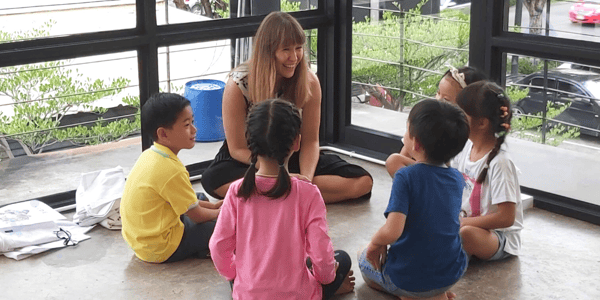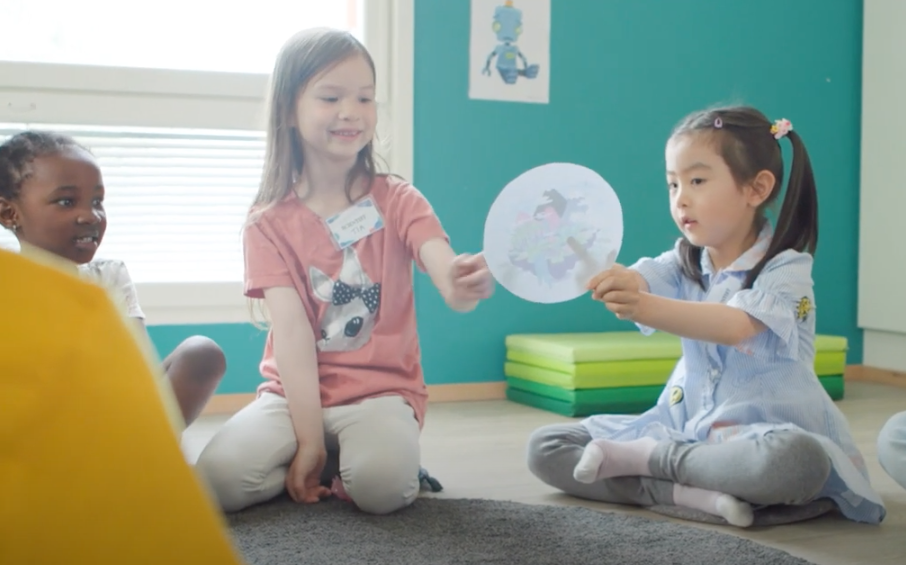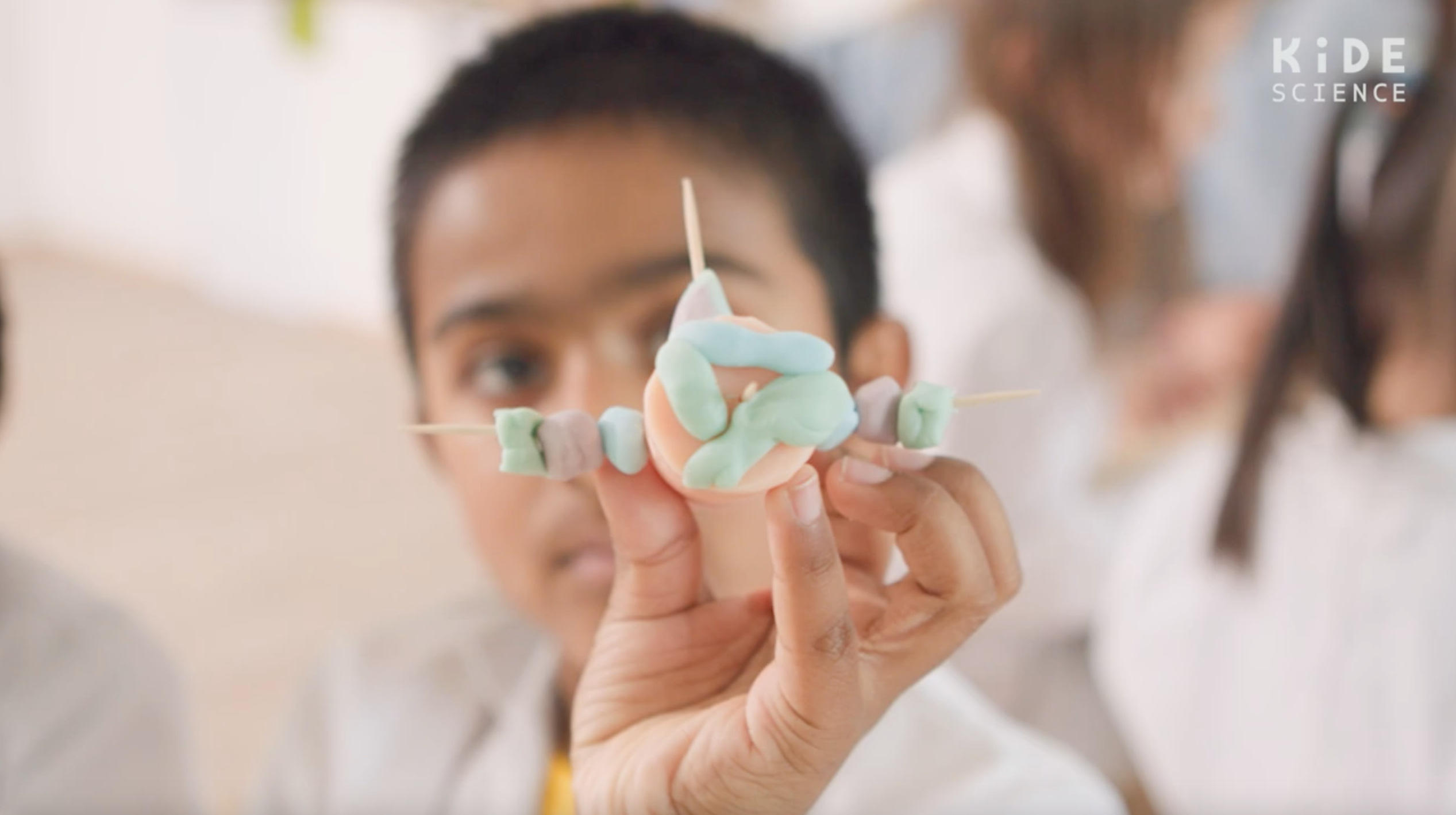Which is better: Montessori or Play-based learning?
You might be wondering if Montessori is play based or how play based learning holds up vs Montessori learning. Let's settle the debate.
.png)
Is Montessori school the same as play-based?
While the Montessori style of school incorporates many elements of play-based learning, it’s not entirely correct to assume that they are one in the same. In fact, there's glaring differences between the two that are important to know if you are deciding between the two.
But what's the difference between play based learning vs Montessori, and more importantly, which one is right for your little one(s)?
Here are some key characteristics, with similarities and differences between play-based curriculum vs Montessori programs.
Montessori schools
-
Partially child-led learning – little ones are allowed to roam around the classroom and select activities pre-decided by the teacher. These stations allow children to pick what activities they would like to do within the confines of the teacher’s curriculum.
-
Decentralized learning environments – teachers don’t generally stand at the front of the class, and little ones are not at desks, but teachers structure classes around tasks and activities.
-
Concrete learning – little ones work with a wide range of materials, including manipulatives, puzzles, etc.
-
Focus on academics – children are introduced to hard skills at an early age, one where they have not yet mastered basic concept skills to truly grasp materials.
-
Less unstructured time and discourage pretend play – while little ones are able to choose stations to explore, they are not actively encouraged to participate in imaginary play – we know that when children play in imaginary roles like researcher, scientists, or investigators, they start to think and act like those roles. Tasks and manipulatives are there to enhance this type of play.
-
Task-oriented work – where children are expected to complete tasks laid out in a plan. Teachers have a goal in mind for each task, related to a set curriculum.
Play-based schools
-
Decentralized learning environments (like Montessori) – children are free to move around, choose their activities, and work at different areas or stations. It might sound like it can get out of hand, but it’s totally manageable! (read more about How to Control Classroom Chaos)
-
Unstructured time where little ones choose from a wide range of open-ended activities and spending lots of time interacting and playing with their peers.
-
Little to no formal instruction – children can take the main role, and teachers step aside to scaffold and help the little ones. In play-based learning, teachers are not deciding what children should be doing. Children have a high level of agency to guide where the learning goes. (this article on Science and Storytelling gives concrete examples on how playful learning introduces academics while being faithful to play).
-
Open-ended play and materials – instead of giving children a fish, play-based learning teaches children how to fish by giving them materials and guiding them to independently problem solve and answer research questions.
-
Focus on peer interactions – children are encouraged to collaborate to reach solutions together. This helps little ones develop social skills such as turn taking, collaboration, following rules, empathy, self-regulation, self-confidence, impulse control, etc.
- Acknowledge context – pretend play and imagination are the best ways to introduce problems and scenarios to little ones. This method allows them to learn by working with their innate sense of wonder.

Both Montessori and play-based preschools
-
Are child-centered, with kids being the focus. However – play-based preschools encourage imaginary play, allowing children the opportunity to learn using their innate sense of wonder.
-
Emphasize interaction and aim to promote a love of learning
-
Gives kids freedom to choose their own activities. Montessori schools allow children to pick from preset tasks, and play-based activities allow children to choose what to do based on their personal interests.
Related: What's the difference between Montessori vs. Play-based learning?
So, which one is better: Montessori or Play-based learning?
When compared to paper-and-pencil teaching, Montessori and play-based learning are a huge step in the right direction, but only one of them actually encourages imaginary play – something super important to a child’s way of learning at a young age.
The Montessori style of learning lets children independently complete tasks and activities. It can be especially beneficial for children who thrive in self-directed environments, while the play-based approach can be ideal for children who need a more structured and hands-on approach.
Play-based teaching puts a child's natural curiosity at the forefront. It avoids the traditional teacher-student relationship by presenting a research problem and allowing children (with a few materials and minimum guidance) to problem solve and create solutions by themselves.
Children naturally use imaginary situations to learn about real-life situations, and play-based teaching not only encourages this whimsical style of learning, but works with it for maximum results. Read more about ‘Using Drama and the Arts to Teach Science’ here.
Just like a story, education is a journey that starts with the first step. Both Montessori and play-based learning are great first steps, but only one of them truly hits the mark.
Psst! Want concrete activities for play-based learning? Sign up for Kide Science today for free, weekly lesson plans that give you easy ways to add context and wonder to your classroom.
Related articles
There’s plenty of research on play-based versus academic preschools and learning styles. Let’s get...
There's so many ways you can teach through play, here are some concrete examples of play based...
Develop STEAM, literacy, math, and so much more. Kide Science makes learning cross-curricular.


.png)